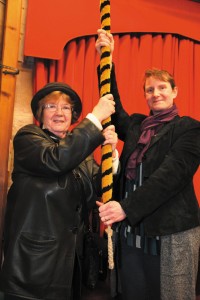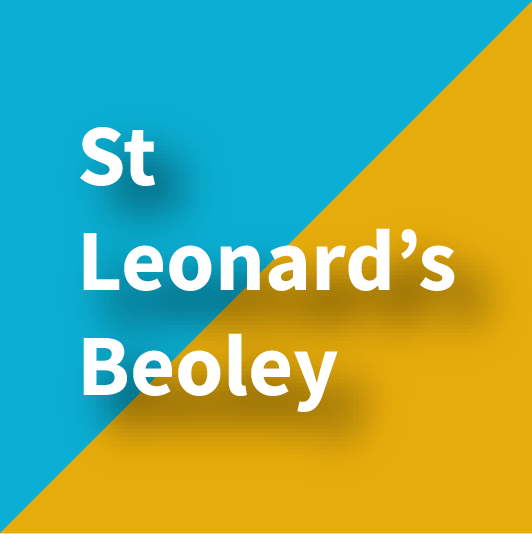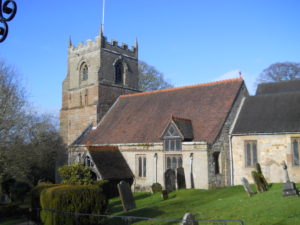Could I become a Bell Ringer?
The answer to this question is almost certainly YES!
 Bellringers are local people just like you. If you have the physical strength to push a child on a swing, enough coordination to ride a bike or drive a car and a reasonable sense of rhythm, then our Ringers would be delighted to see you on Practice Night. Learning to ring can take time but it can also become a rewarding hobby that gives you the chance to meet people from all over the world. If you would like to know more or are interested in becoming a ringer please contact us.
Bellringers are local people just like you. If you have the physical strength to push a child on a swing, enough coordination to ride a bike or drive a car and a reasonable sense of rhythm, then our Ringers would be delighted to see you on Practice Night. Learning to ring can take time but it can also become a rewarding hobby that gives you the chance to meet people from all over the world. If you would like to know more or are interested in becoming a ringer please contact us.
Bell Ringing Times
Sundays (Service Ringing) 9.00 – 9.30 or 10.15 – 10.45 a.m
Thursdays (Practice Night) 7.15 – 9.00 p.m.
The History of the Bells at Beoley
Many Rings (sets) of bells are cast by one founder. The six at Beoley have five different ones. The oldest bell, which is also the heaviest or Tenor, was cast in 1601 by Hugh Watts of Leicester. It was the gift of Ralph Sheldon who was responsible for the building of the Sheldon Chapel. Another bell was cast by Newcombe (again of Leicester) in 1611. The next oldest bell was cast in 1622. It is the only example of the work of Henry Oldfield of Nottingham which exists in Worcestershire. It has the coat of arms of King James the First cast on its waist. For just under ninety years, it is believed that the church only possessed these three bells. Records indicate that there was a strong band of ringers, ringing for (among other events) the 1661 Coronation and the Proclamation of James II in 1684. In the early Eighteenth Century, Richard Sanders of Bromsgrove cast three more bells to complete the ring of six. However, by the 1780’s, it seems that there were problems with one of Sanders’ bells. It may have been that the casting was poor (giving it an unusual tone) or, more likely, that it had cracked. It was therefore broken up and recast by John Rudhall of Gloucester. These were the six bells that hung in the Tower for the next 210 years.Originally the bells were hung in a wooden frame which was last overhauled by Charles Carr of Smethwick in 1895. By the late 1930’s this had started to deteriorate making the bells more difficult to ring. Although they were broadcast to the nation on Christmas Day 1943, the bells were silent during the rest of the Second World War.
In 1948 under the leadership of the Rev. Leonard Birch, Wilf Jackson and George Balls, funds were raised to re-hang the bells in a cast-iron and steel frame. The bell hangers, Gillet and Johnston of Croydon, designed the frame in such a way that a further two bells could be added should an opportunity arise.

